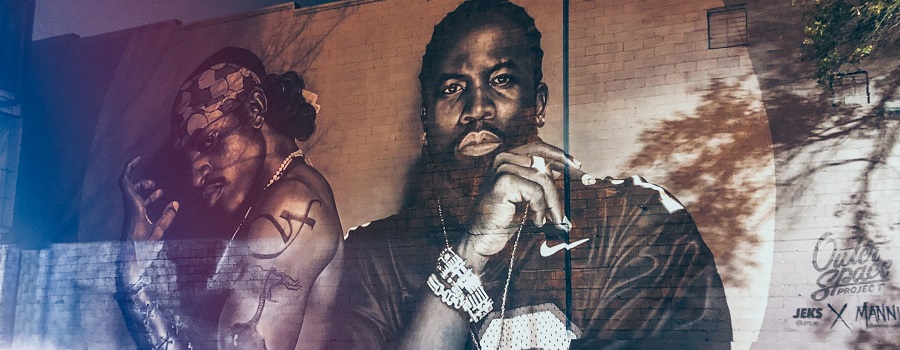Arts & Culture
Historic Harlots of Old Atlanta
Digital tour of the rise and fall of the bawdy brothels that lined Downtown Atlanta’s Collins Street from the late 1800s to the early 1900s—showcasing...
Read More
Rap Map
Celebrating 50 years of hip-hop! The Rap Map visualizes metro Atlanta’s influence on hip-hop and hip-hop’s influence on the region over the last three decades....
Read More
The Phoenix Project: Resurrecting the MARTA Archaeological Collection and Atlanta’s Past
During the 1970s, Georgia State University archaeologists conducted systematic excavations associated with the construction of the Metro Atlanta Rapid Transit Authority (MARTA) rail lines. This...
Read More

Streetscape Palimpsest: A History of Georgia Avenue
Digital project that investigates the history of Georgia Avenue, which once served as an important commercial thoroughfare in the neighborhoods south of downtown Atlanta, and...
Read More

Atlanta Sit-Ins, 1961-1964
Beginning in 1960, the Atlanta sit-in movement took over the downtown area of the city. Follow this tour to see where student activists conducted their...
Read More
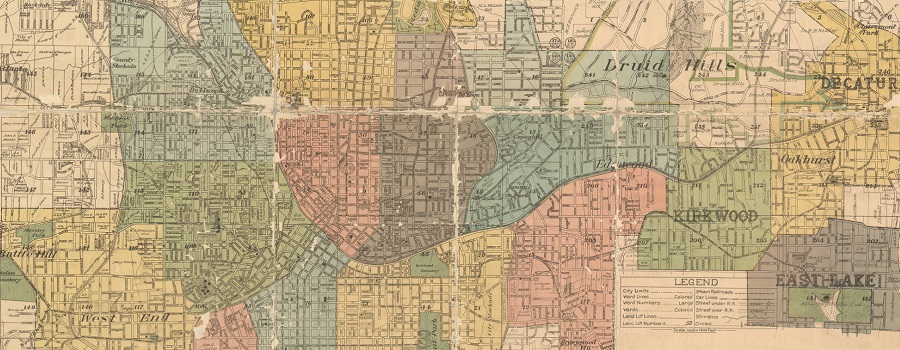
Atlanta-Fulton Public Library Collection: Maps
This digital collection contains digitized versions of items that are owned by the Atlanta-Fulton Public Library. Currently, the collection contains historical maps, dating from the...
Read More
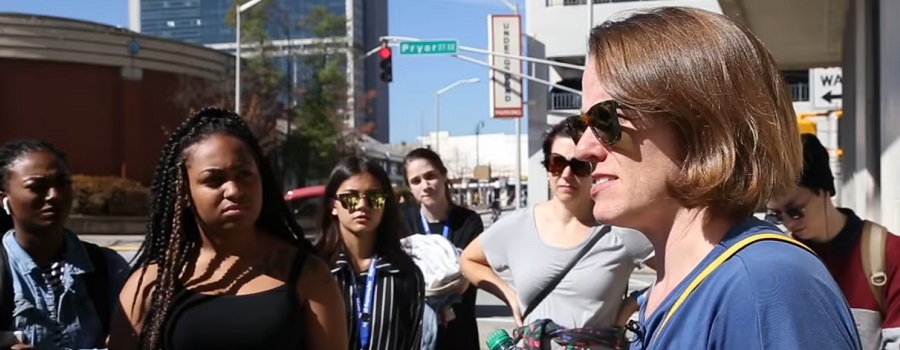
Atlanta Water Walk
How water has shaped the city. Video tour with urban designer and author Hannah Palmer. Palmer’s writing explores the intersection of Southern stories and urban...
Read More

ATLMaps
The ATLMaps platform, a collaboration between Georgia State University and Emory University, combines archival maps, geospatial data visualization, and user contributed multimedia location pinpoints to...
Read More
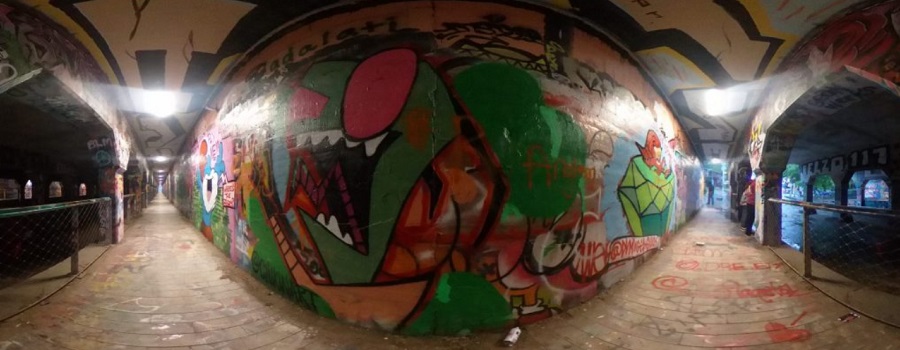
Krog Codex: Archive of Krog Street Tunnel
A Community Interactive Digital Archive. Krog Street Tunnel is one of Atlanta’s premier destinations for street art, political communication, and a community bulletin board. Since...
Read More
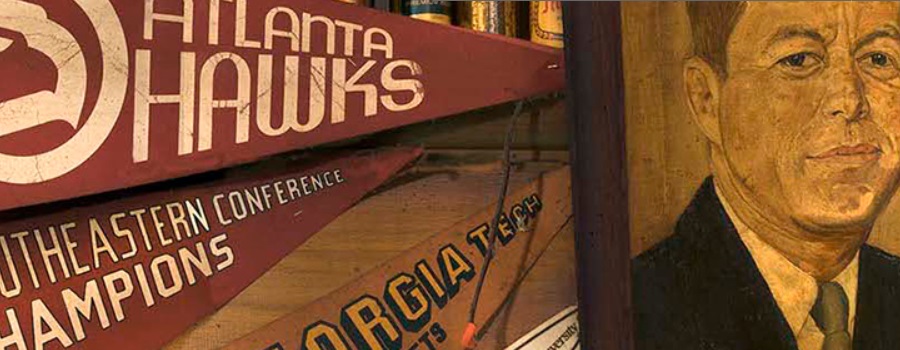
Unpacking Manuel’s Tavern
Aims to both preserve this unintentional archive as it was before Manuel’s Tavern underwent renovations in 2015 and provide a platform through which one might...
Read More
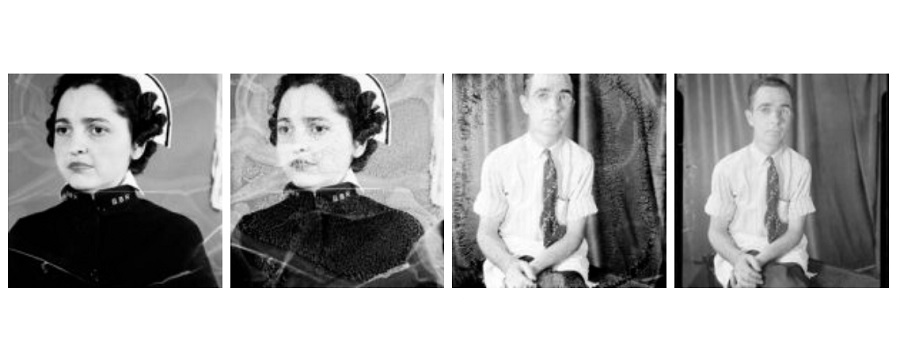
A Race Against Time: Saving Atlanta’s Photographic History
Online exhibit feature photographs and negatives from Georgia State University’s Special Collections and Archives, consisting of images from six photographic collecting areas: Lane Brothers Commercial...
Read More
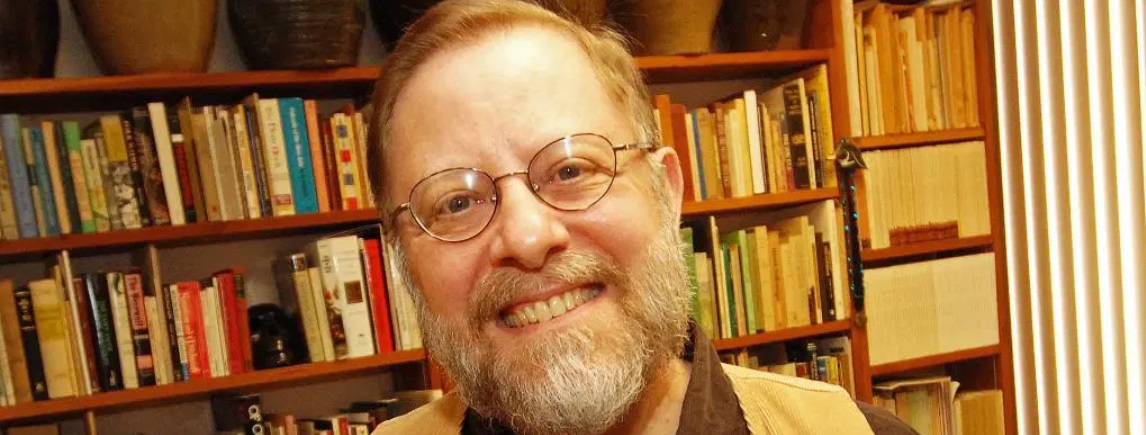
Downtown Folk Tour
Recorded stories from Dr. John Burrison, Folklorist and Professor of English at Georgia State University, who has collected stories of folk music, pottery, legends, medicine,...
Read More
 Georgia State University Library
Georgia State University Library

